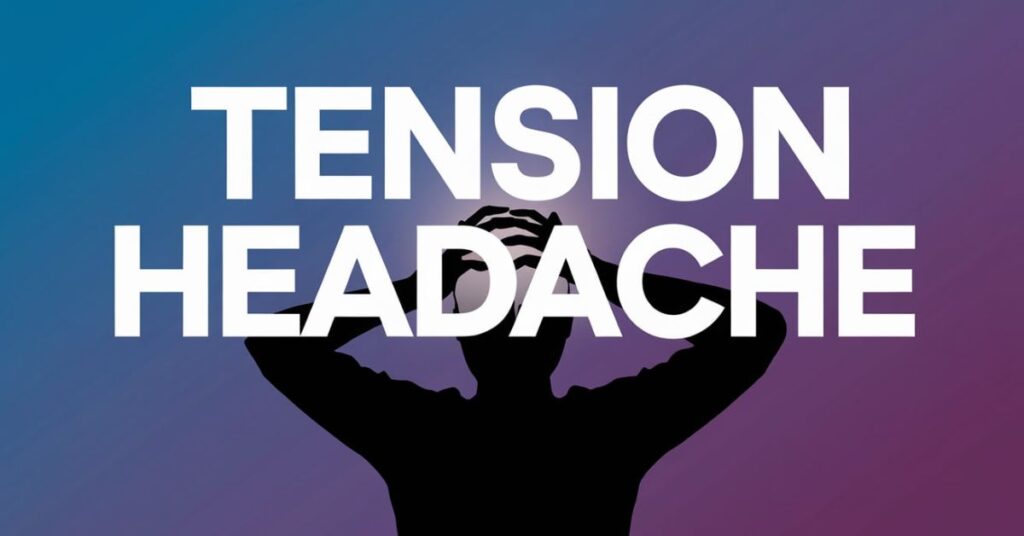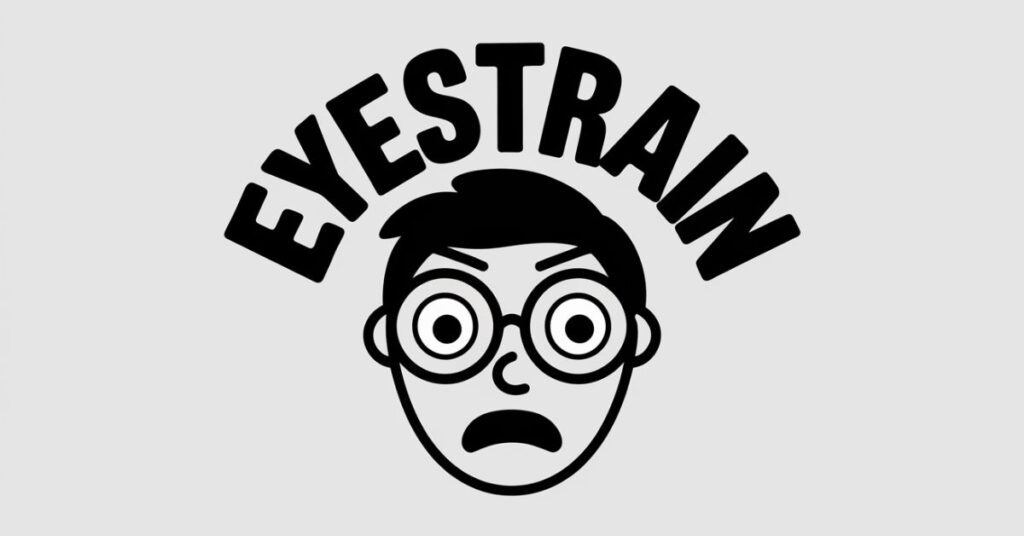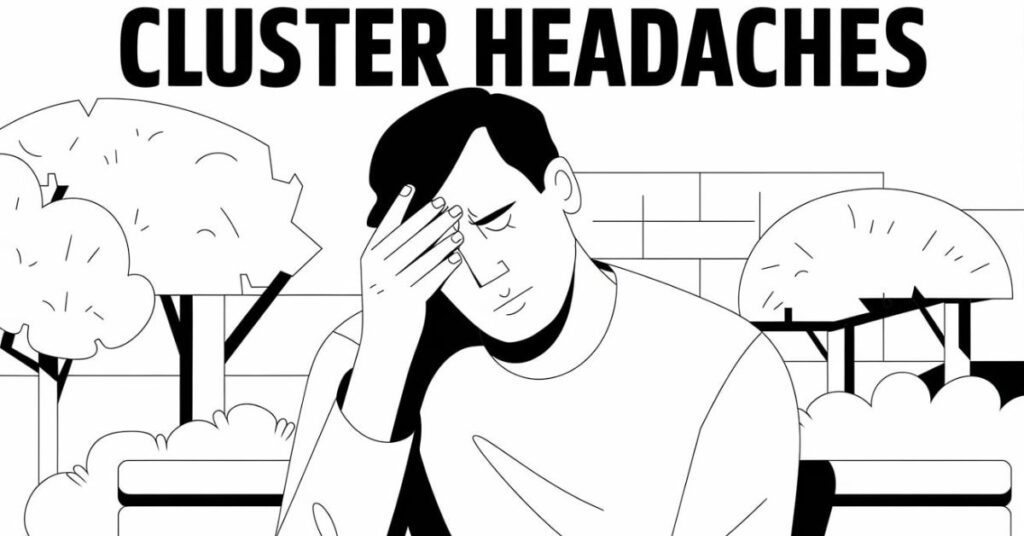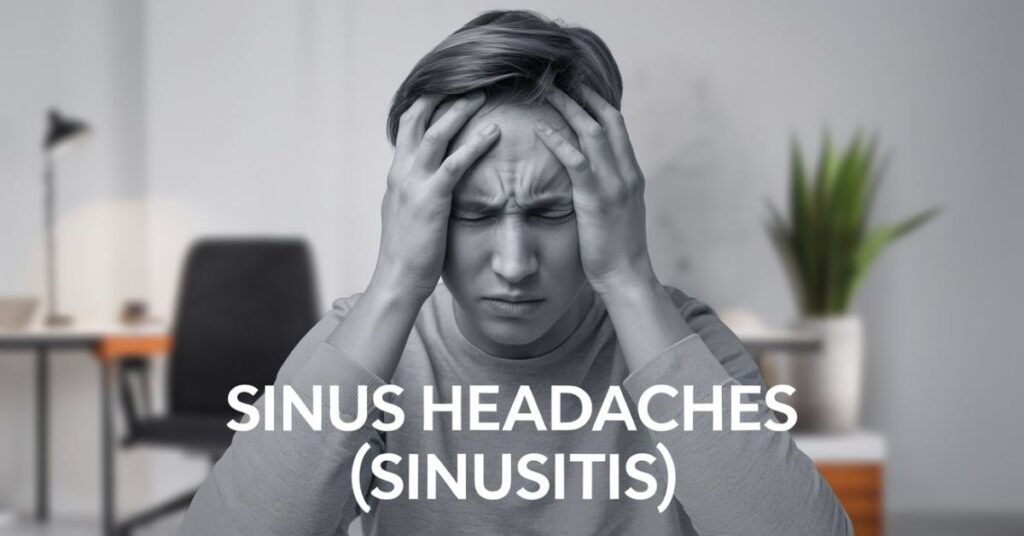Living with a headache on top of head can disrupt your entire day, making simple tasks feel overwhelming. The pain often feels like a heavy weight pressing down on your skull, ranging from mild discomfort to severe throbbing. Understanding these headaches helps you find effective relief and prevent future episodes.
Studies show that over 90% of adults experience a headache on top of head at some point in their lives. The pattern and location of your headache often provide important clues about its underlying cause, from simple tension to more complex conditions. Learning to recognize your specific type of headache is crucial for finding the right treatment.
Most headaches affecting the top of the head don’t indicate serious brain problems. Instead, they usually signal issues like muscle tension, sinus problems, or other treatable conditions. Proper diagnosis and treatment can significantly improve your quality of life.
Tension Headache

A tension headache creates a sensation similar to a tight band squeezing around your entire head. The pain typically begins in the forehead or temples before spreading to the crown of your head. This most common type of headache affects nearly everyone at some point.
These headaches often start with a dull, constant ache that can persist throughout the day. The discomfort ranges from mild to moderate intensity, usually accompanied by tenderness in the scalp and neck. Regular triggers include stress, poor posture, and extended periods of mental concentration.
Most tension headaches respond well to simple treatments like OTC pain relievers including ibuprofen or acetaminophen. The pain typically lasts anywhere from 30 minutes to several hours, though some episodes can persist for days. Managing stress and maintaining good posture helps prevent future occurrences.
Eyestrain

Eyestrain frequently causes headaches that concentrate on the top of your head and forehead area. Extended periods of focusing on screens or detailed work often trigger these headaches, especially in poor lighting conditions. People with uncorrected vision problems or astigmatism face higher risks.
Many sufferers notice their headaches worsen during or after visually demanding tasks. The strain of compensating for vision problems creates tension in the eye muscles and surrounding areas. Regular eye exams and proper vision correction can prevent these headaches.
Computer-related eyestrain has become increasingly common in our digital world. Taking regular breaks and maintaining proper screen distance helps prevent eye fatigue and associated headaches. Simple adjustments to your work environment can make a significant difference.
Cluster Headaches

Cluster headaches bring intense pain that typically focuses on one side before spreading to the top of your head. These severe headaches often occur at predictable times and can last for several hours each episode. The intensity makes them particularly challenging to endure.
Common symptoms include nasal discharge, eye tearing, and facial swelling on the affected side. These headaches tend to occur in cycles or “clusters,” often striking at similar times each day. Treatment options include sumatriptan, corticosteroids, and oxygen therapy.
Healthcare providers might prescribe preventive medications like verapamil or recommend local anesthetic injections. Understanding your specific trigger factors helps develop an effective management plan. Keeping a detailed headache diary often reveals important patterns.
Sinus Headaches (Sinusitis)

Sinusitis occurs when an infection or allergic reaction causes inflammation in your sinus cavities. The resulting pressure creates pain that can radiate to the top of your head and surrounding areas. Facial tenderness and nasal congestion typically accompany these headaches.
During a sinus headache, you might experience additional symptoms like fever and toothache. The combination of sinus pressure and head pain makes these headaches particularly uncomfortable. Treatment focuses on addressing the underlying sinus condition.
Most cases improve with proper treatment targeting the root cause. Options include decongestants, antibiotics for bacterial infections, or antihistamines for allergies. Working closely with your healthcare provider ensures the most effective treatment approach.
How to Prevent Headaches
Stress management plays a crucial role in preventing a headache on top of head. Simple lifestyle changes like regular exercise, adequate sleep, and relaxation techniques can significantly reduce headache frequency. Making these changes helps break the cycle of chronic head pain.
Maintaining proper posture throughout your day prevents muscle tension and strain. Pay special attention to your neck and shoulder position, especially when working at a computer. Regular stretching and ergonomic adjustments help prevent tension from building up.
Staying hydrated prevents dehydration headache and helps maintain overall health. Most adults need at least eight glasses of water daily to stay properly hydrated. Skip excessive caffeine and alcohol, which can trigger headaches in sensitive individuals.
Treatment Options
| Treatment Type | Examples | Benefits |
| Medication | Ibuprofen, Acetaminophen | Quick pain relief |
| Preventive Care | Amitriptyline, Stress Management | Reduces frequency |
| Lifestyle Changes | Exercise, Sleep, Hydration | Long-term prevention |
| Alternative Therapies | Massage, Acupuncture | Natural relief |
| Medical Procedures | Local Anesthetic, Nerve blocks | Severe case treatment |
Natural Remedies
Muscle relaxation techniques provide natural relief from tension-related head pain. Simple exercises like gentle neck stretches and shoulder rolls help release built-up tension. Regular practice of these techniques prevents chronic muscle tightness.
Applying cold or hot compresses to your head and neck area offers immediate comfort. The temperature therapy helps reduce inflammation and relaxes tense muscles. Alternating between hot and cold often provides the best relief.
Practicing mindfulness and meditation helps manage both anxiety and depression related headaches. These techniques reduce stress levels and prevent tension from building up in your body. Regular practice improves your overall stress response.
Professional Treatment
Consult a healthcare provider if your headache on top of head becomes severe or chronic. They can properly diagnose the underlying cause and recommend appropriate treatment options. Early intervention prevents headaches from becoming a chronic condition.
For chronic tension headaches, doctors might prescribe preventive medications like amitriptyline. These medications help reduce headache frequency and severity over time. Regular follow-up appointments ensure the treatment plan remains effective.
Some cases require specialized treatments such as local anesthetic injections or nerve blocks. These medical procedures target specific pain points to provide longer-lasting relief. Your doctor will determine if these treatments suit your situation.
Prevention Tips
Creating a regular sleep schedule helps prevent stress-related headaches. Aim for 7-8 hours of quality sleep each night to maintain your body’s natural rhythm. Consistent sleep patterns reduce the likelihood of waking up with a headache.
Regular physical activity reduces tension and improves overall well-being. Even moderate exercise like walking or swimming can help prevent headaches. Choose activities you enjoy to maintain a consistent exercise routine.
Managing screen time and maintaining proper eye care prevents computer-related eyestrain. Take regular breaks and ensure proper lighting at your workstation. Consider using blue light filters on digital devices.
Read this Blog: Pregnancy Safe Cold Medicine: Which Cold & Flu Medications to Take During Pregnancy?
When to Seek Medical Help
Watch for warning signs that indicate a need for immediate medical attention. Sudden severe headaches, confusion, or headaches with fever require prompt evaluation. Don’t ignore symptoms that feel different from your usual headache pattern.
Track your headache patterns and triggers to share with healthcare providers. This information helps doctors make accurate diagnoses and create effective treatment plans. Keep notes about frequency, intensity, and associated symptoms.
Consider seeing a specialist if your headaches don’t improve with standard treatments. Neurologists or headache specialists can offer advanced treatment options. They stay current with the latest headache management techniques.
Frequently Asked Questions
Can stress directly cause a headache on top of head?
Yes, stress commonly triggers tension headaches that affect the crown of the head.
How do I know if my headache is from sinusitis?
Sinus headaches typically come with facial pressure, nasal discharge, and worsen when bending forward.
What’s the connection between posture and headaches?
Poor posture strains neck and shoulder muscles, often leading to tension headaches.
Are chronic tension headaches different from regular ones?
Yes, chronic tension headaches occur 15 or more days monthly for at least three months.

Zade Smith is a Proficient writer on TechsBlip, dedicated to delivering high-quality content that bridges the gap between medical research and accessible, reader-friendly guidance. With a keen interest in promoting healthy lifestyles and disease prevention, Zade’s writing offers expert insights, actionable tips, and evidence-based information to help readers make informed decisions about their health and wellness

